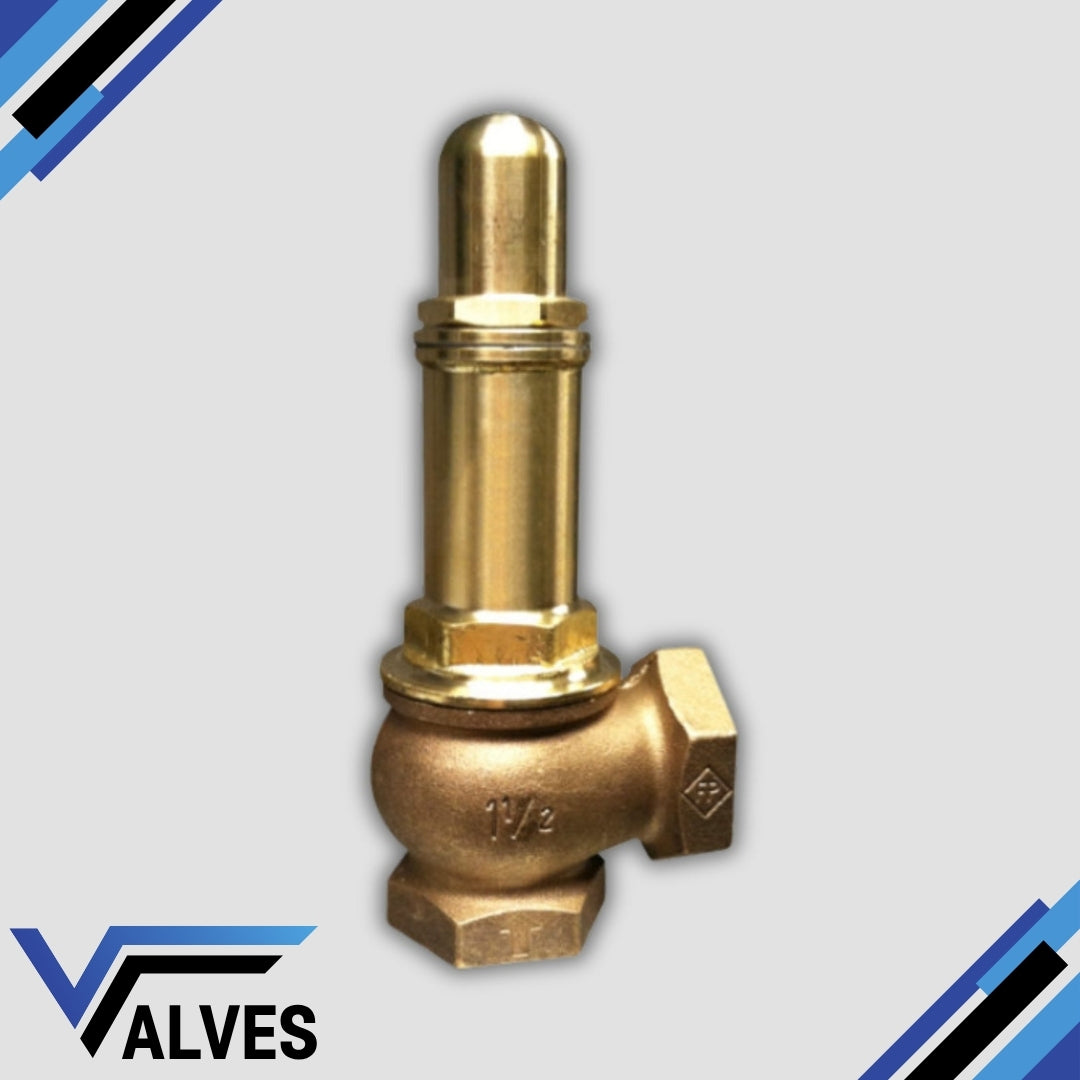Valves UK
Brass/Bronze Pressure Relief Valve – PTFE Seal with Enclosed Cap
Brass/Bronze Pressure Relief Valve – PTFE Seal with Enclosed Cap
Couldn't load pickup availability
This Brass/Bronze Pressure Relief Valve is designed to protect pipelines, vessels, and systems from overpressure while ensuring long-term reliability and safety. Featuring a PTFE seat, it provides a tight, chemically resistant seal for a wide range of fluids, gases, and steam. The enclosed cap top offers protection from dirt, tampering, and accidental adjustment, making it ideal for use in sealed or sensitive environments.
Constructed from corrosion-resistant brass or bronze, this valve delivers consistent performance in demanding applications such as industrial processing, HVAC, and marine systems.
Key Features:
- Spring-operated for automatic pressure relief
- PTFE seat for high chemical and thermal resistance
- Cap top for tamper protection and cleaner installation
- Suitable for steam, air, gas, and liquids
- Compact and robust for industrial and marine environments
Share

FAQ's
What is the difference between a valve and an actuator?
What types of actuators are available?
The main types of actuators are:
Pneumatic actuators – use compressed air for fast, reliable operation.
Electric actuators – use electrical power for precise control.
Hydraulic actuators – use fluid pressure for high-torque applications.
Each type offers unique advantages depending on the environment, media, and system control needs.
How do I choose the right actuator for my valve?
To select the correct actuator, consider:
Valve type and torque requirement
Power source available (air, electric, or hydraulic)
Operating environment (temperature, humidity, hazardous area)
Control signal type (on/off or modulating)
Matching actuator torque and compatibility with the valve’s ISO mounting ensures reliable performance.
What are the main types of valves used in automation?
The most common valves in automated systems include:
Ball valves – for tight shutoff and quick operation.
Butterfly valves – for larger flow control with compact design.
Globe valves – for precise throttling and flow regulation.
Check valves – to prevent backflow.
Gate valves – for full bore flow isolation.
What’s the difference between a double-acting and spring-return actuator?
Double-acting actuators use air (or power) to both open and close the valve.
Spring-return actuators use air to open (or close) the valve, and a built-in spring to automatically return it to a safe position when power or air is lost — ideal for fail-safe operation.
How often should valves and actuators be serviced?
Regular maintenance intervals depend on operating conditions, but a good rule of thumb is to inspect every 6–12 months.
This includes checking for leaks, lubrication, seal wear, and actuator responsiveness to prevent unexpected downtime.

